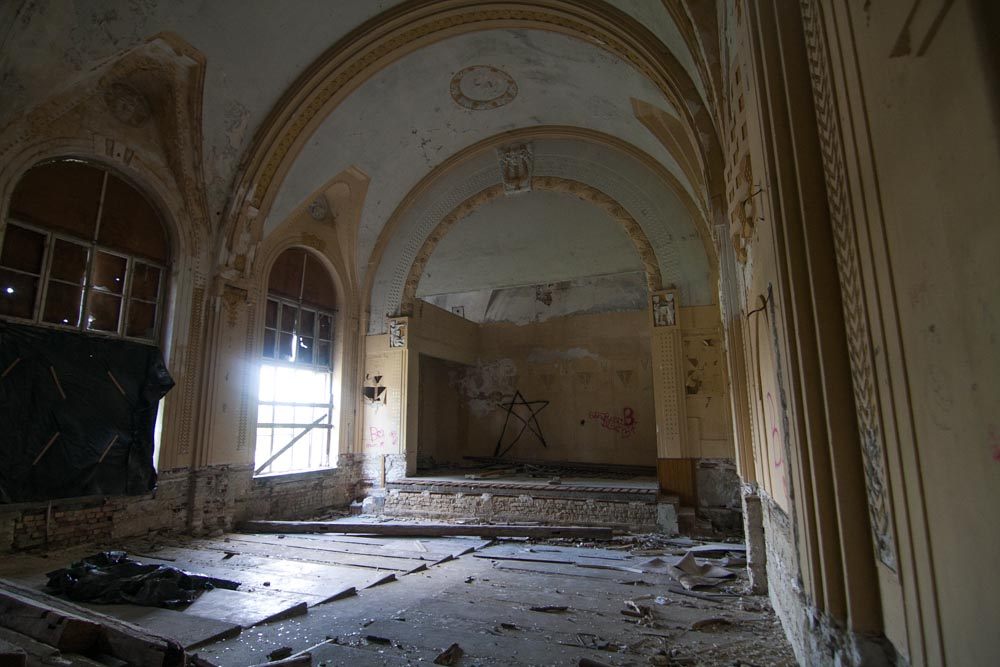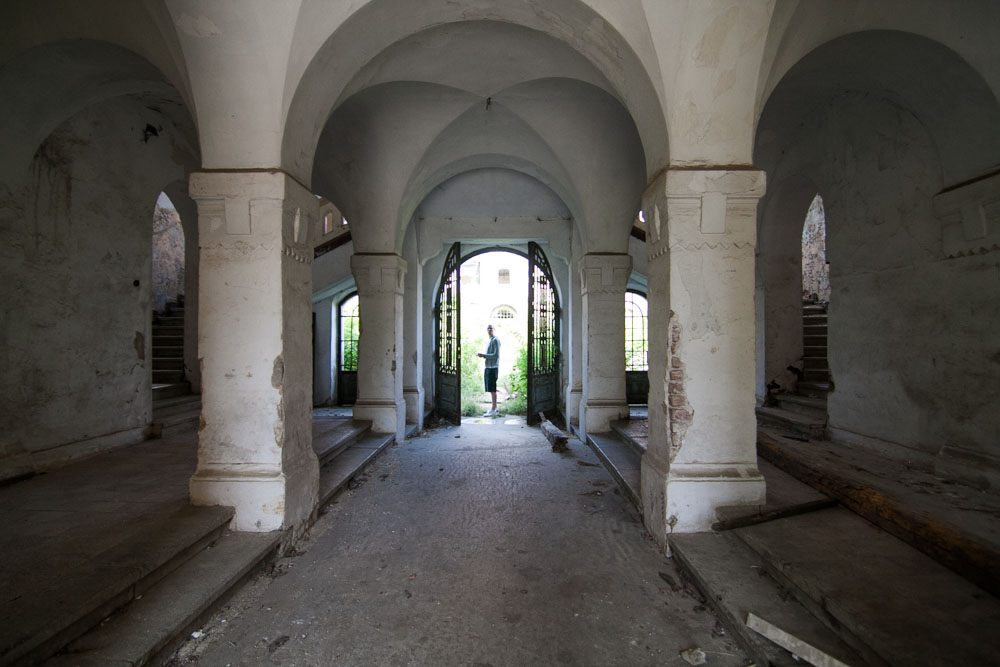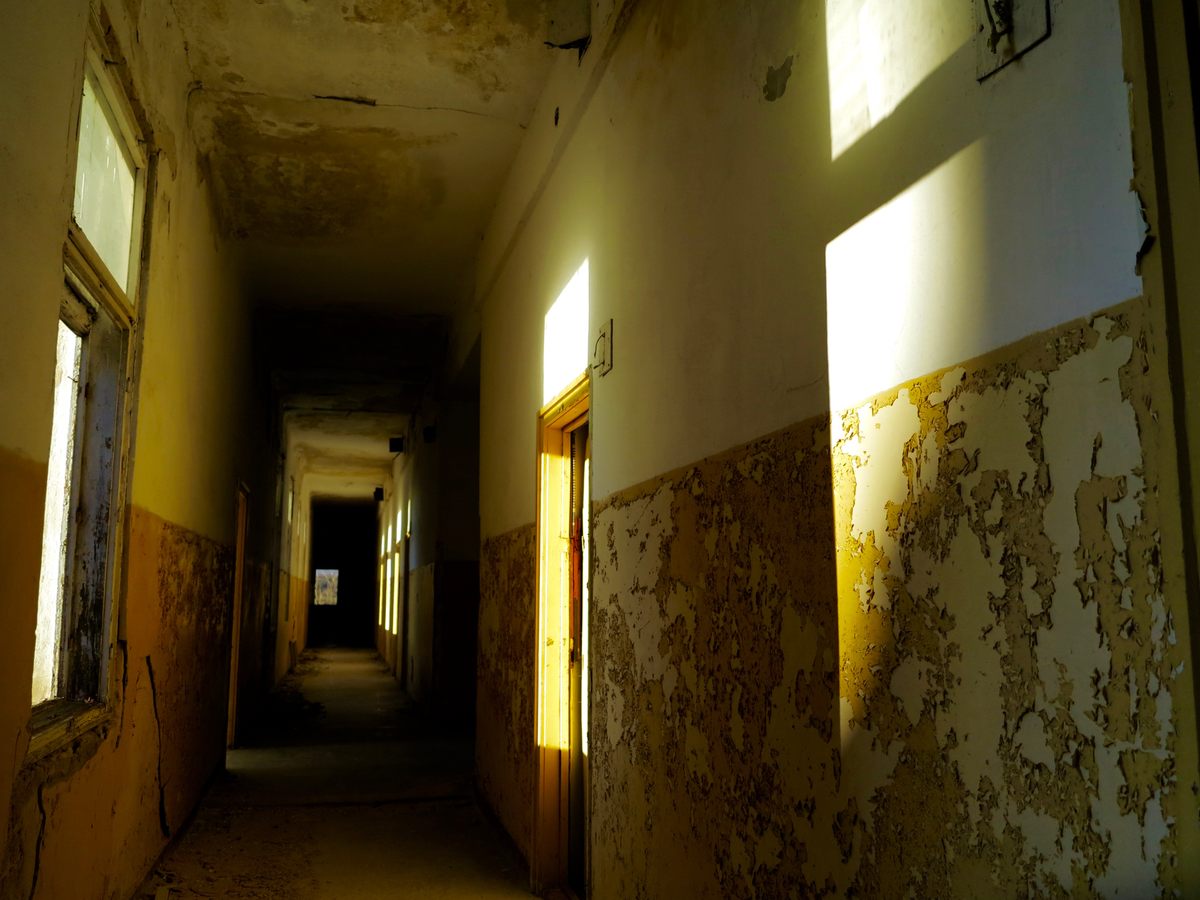Nestled among the picturesque landscapes of Hungary, the pointed towers of Hajmáskér’s tallest structure may initially deceive onlookers, appearing as a grand palace in the heart of the countryside. However, a closer examination unravels a different narrative — that of one of Eastern Europe’s largest barracks, standing grim and dilapidated, yet echoing with the tales of a rich and tumultuous history.
The military settlement of Hajmáskér traces its origins back to the late 19th century when Franz Joseph I commissioned the construction of a stately building to serve as a barracks for artillery units. These units were assigned to Hungary’s largest artillery range, shaping the destiny of the looming structure. As World War I unfolded, the camp burgeoned into a self-sustaining hub, hosting not only artillery units but also a POW prison, complete with its own currency.

The tumult of World War II brought about a shift in ownership, as Nazi forces claimed the settlement and repurposed it as a base. Post-war, the Soviet army assumed control, becoming the enduring occupants of the castle-like barracks until the fall of the Soviet Union in 1990. The withdrawal of the troops left behind an abandoned Hajmáskér, and local rumors suggest a hasty departure with a possible stripping of valuables from the premises.
In the subsequent 25 years, the building has weathered the passage of time, aging gracefully in some areas while succumbing to decay in others. The entire vicinity radiates a silent, eerie ambiance at the heart of Hajmáskér village, preserving the echoes of a bygone era. Visitors to the Hajmáskér barracks may even catch whispers of the past — not ghostly apparitions, but more likely the playful sounds of local children amidst the dangerous and decrepit ruins.

As Hajmáskér’s abandoned barracks stands as a testament to the region’s military epochs, it beckons explorers and history enthusiasts to delve into its storied past, unveiling the layers of time that have shaped its hauntingly beautiful existence.














RECOMMENDED: Russian Orthodox Church in Amrakits Village, Severely Damaged in the 1988 Spitak Earthquake Still Attracting Tourists